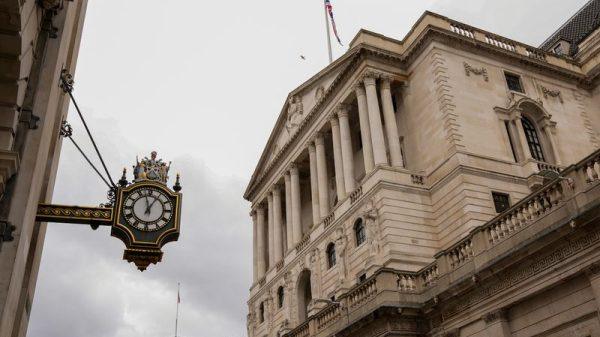Investing.com — The Federal Reserve cut interest cut last month, the first since 2020, pushing the central bank into monetary policy easing mode, but that didn’t filter through its balance sheet runoff plans, which are expected to continue until Q2 2025, as the central bank’s reserves remain abundant, JPMorgan said, citing the New York Fed’s latest reserve demand elasticity measure.
The New York Fed has started to publish a Reserve Demand Elasticity (RDE) estimate — measuring the impact, or the elasticity, of the central bank’s reserves to changes in rates — showing the RDE is statistically indistinguishable from zero and points to reserve abundance, JPMorgan said in a recent note.
“We think reserve demand elasticity should remain close to zero at least through this year and that the Fed can continue balance sheet reduction through Q2 2025,” it added.
Fed members also remain willing to cut the size of the central bank’s balance sheet unless there is unexpected weakening in the labor market.
San Francisco Fed President Mary Daly recently said that there are no indications suggesting a need to alter the current runoff strategy, which has reduced the balance sheet to $4.2T from from a peak of nearly $9 trillion seen at the start of 2020.
“Liquidity remains more than ample,” Dallas Fed President Lorie Logan recently remarked.
The Fed’s commitment to balance sheet reduction reflects a complex balancing act aimed at maintaining liquidity while supporting economic growth, which continues to hold up, supported by labor market strength.
But that could change if the labor market shows signs of significant weakening as the central bank may signal an earlier end to its balance sheet reduction efforts.



































